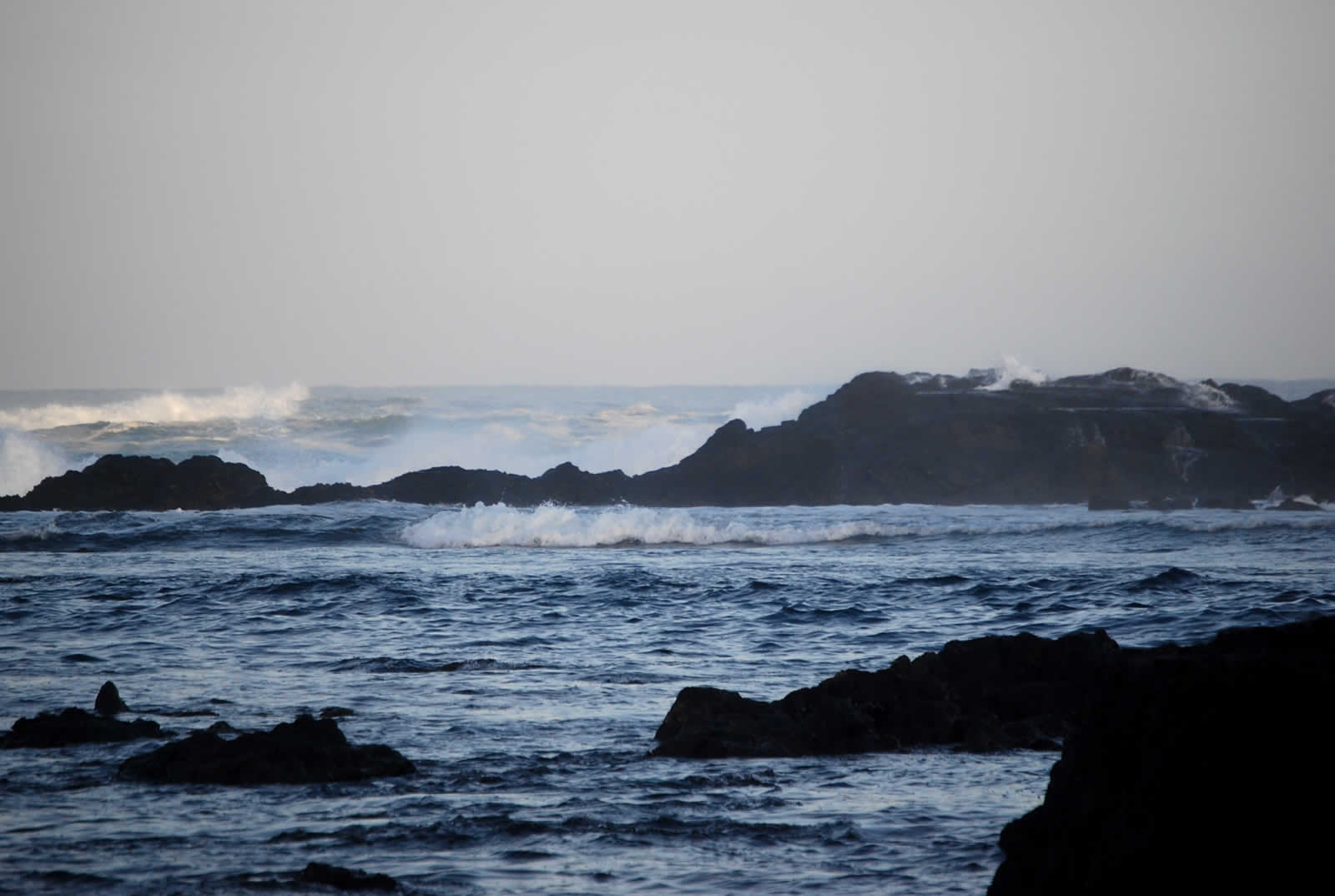As a seasoned sailor, Neal Petersen has traversed the world’s oceans, navigating the vast expanse of water that covers our planet. Yet, amidst the endless waves and ever-changing horizons, Petersen understands the profound influence that rainfall holds over not only his voyages but also the lives of billions of people around the globe.
71% of the Earth’s surface is cover by water, but only 2.5% of this is fresh water. Rainfall, that essential gift from the skies, plays a multifaceted role in shaping the fate of humanity. From agriculture to water supply, ecosystems to human settlements, and even the broader impacts of climate change, the significance of rainfall cannot be overstated.
One of the most immediate impacts of rainfall is on agriculture, the backbone of human civilization. Adequate rainfall is a lifeline for crops, providing the water necessary for growth and sustenance. For communities dependent on agriculture, reliable rainfall patterns can mean the difference between abundance and famine. Conversely, droughts or erratic rainfall can spell disaster, leading to crop failures, food shortages, and economic instability.
Water supply is another critical aspect influenced by rainfall. Freshwater sources, such as rivers, lakes, and aquifers, rely on rainfall to replenish their reserves. For billions of people worldwide, access to clean and reliable water is essential for drinking, sanitation, and livelihoods. However, changes in rainfall patterns, including prolonged droughts or intense rainfall events, can strain water supplies, leading to water scarcity and conflicts over resources.
Moreover, rainfall shapes the health and distribution of ecosystems, which provide essential services to both humans and the planet. Wetlands, forests, and grasslands depend on rainfall to sustain biodiversity, regulate climate, and support livelihoods. However, alterations in rainfall patterns due to climate change can disrupt ecosystems, leading to habitat loss, species extinction, and ecological imbalances.
In addition to its immediate impacts, rainfall also serves as a harbinger of broader environmental changes, particularly in the context of climate change. Rising temperatures alter global rainfall patterns, leading to more frequent and intense extreme weather events. From devastating floods to prolonged droughts, these extremes pose significant risks to human populations, infrastructure, and livelihoods.
As Neal Petersen continues to chart his course across the world’s oceans, he is acutely aware of the intricate dance between rainfall and human societies. From the lush tropics to the arid deserts, rainfall shapes landscapes, cultures, and destinies. As stewards of our planet, it is incumbent upon us to understand and mitigate the impacts of changing rainfall patterns, ensuring a sustainable future for generations to come.
In conclusion, rainfall is not merely a meteorological phenomenon but a fundamental force that sustains life on Earth. Its influence on agriculture, water supply, ecosystems, and climate reverberates across continents and cultures, reminding us of the interconnectedness of our planet. As we navigate the complexities of a changing world, let us heed the lessons of rainfall and work together to build resilience, adaptation, and sustainability for all.

